filter
-
Brand
- By Category
- Direction
- Date Range
128Events
Pictures
Events

Editorial FWRO
- 2024-09-16
- 1

Editorial Paloma Faith performing at Sounds Of The City 2024
- 2024-07-08
- 10

Editorial Paloma Faith performing at Sounds Of The City 2024
- 2024-07-08
- 10

Editorial Anne-Marie performs in Leeds
- 2024-07-05
- 2

Editorial Nothing But Thieves perform at Leeds Millenium
- 2024-07-04
- 6

Editorial London
- 2024-04-15
- 2

Editorial Straw Bales hang from the Millennium Bridge after ancient bylaw triggered, London, UK - 18 Oct 2023
- 2023-10-19
- 3

Editorial The Great River Race in London
- 2023-09-16
- 2

Editorial Seasonal Weather, London, United Kingdom - 08 Aug 2023
- 2023-08-09
- 1

Editorial Seasonal Weather, London, United Kingdom - 08 Aug 2023
- 2023-06-23
- 2

Editorial Seasonal Weather, London, United Kingdom - 08 Aug 2023
- 2023-06-21
- 2
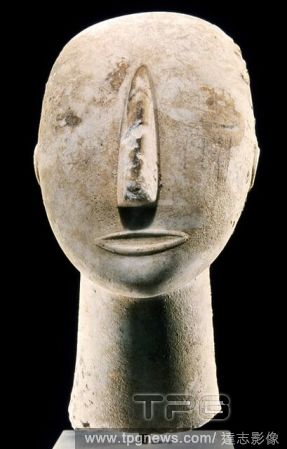
Editorial Seasonal Weather, London, United Kingdom - 08 Aug 2023
- 2023-06-15
- 1

Editorial Seasonal Weather, London, United Kingdom - 08 Aug 2023
- 2023-06-15
- 1

Editorial Seasonal Weather, London, United Kingdom - 08 Aug 2023
- 2023-06-15
- 1
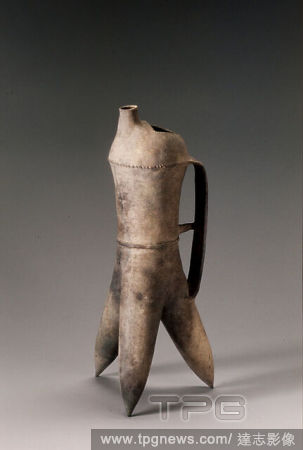
Editorial Seasonal Weather, London, United Kingdom - 08 Aug 2023
- 2023-06-07
- 1
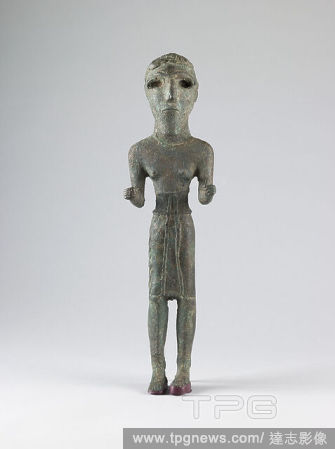
Editorial Seasonal Weather, London, United Kingdom - 08 Aug 2023
- 2023-06-07
- 1

Editorial Seasonal Weather, London, United Kingdom - 08 Aug 2023
- 2023-05-25
- 7
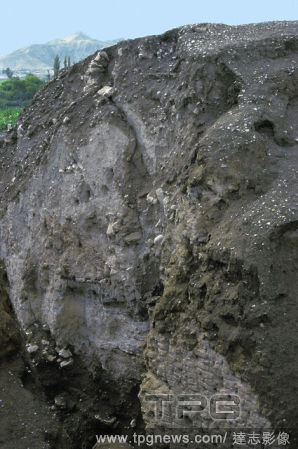
Editorial The remaining walls of the ancient city of Jericho (Tell-El-Sultan), Israel, probably destroyed by an earthquake in the 2nd millenium. Jericho is one of the world's oldest towns. Archaeological finds date back 9000 years.
- 2022-12-25
- 1

Editorial Greece. Cycladic civilization. 3rd millenium BC. Marble head from Amorgos. National Archaeological Museum. Athens. Greece.
- 2022-12-25
- 1
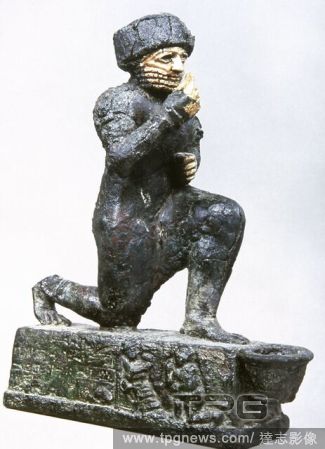
Editorial Statuette of a kneeling man, known as The Worshipper of Larsa. Dedicated by an inhabitant of Larsa to the god Amurru for the life of Hammurabi. Bronze and gold, early 2nd millenium BC. This votive statuette has an inscription, in one of the sides, dedi...
- 2022-12-24
- 1
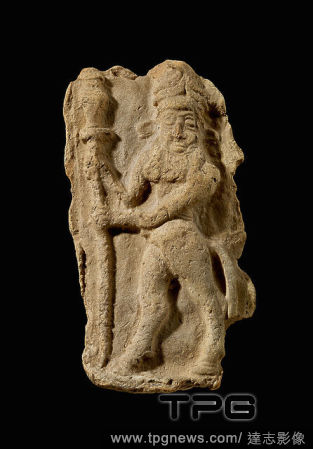
Editorial Terracotta plaque showing a bull-man holding a post, Mesopotamian, Old Babylonian, 2.000-1.600 BCE. The relief shows a creature with head and torso of a human but lower body and legs of a bull. He may be supporting a divine emblem and this acting as a ...
- 2022-12-24
- 1

Editorial Horse and rider Terracotta figurine (2nd Millenium BCE) from Antioch, Syria.
- 2022-12-24
- 1

Editorial FWRO
- 2022-09-01
- 4

Editorial Statue of Enthroned Isis with Horus on her Laps.
- 2022-04-24
- 1

Editorial Statue of Enthroned Isis with Horus on her Laps.
- 2022-04-24
- 1

Editorial Pair in the Couch.
- 2022-04-24
- 1
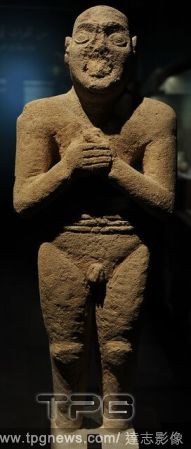
Editorial Arabic peninsula. Male statue. With typical Mesopotamian features Mid-3rd millenium BC. (Early Dynastic II ?). Limestone. H. 94 cm. Tarut. National Museum, Riyadh. Saudi Arabian.
- 2022-01-18
- 2

Editorial Cher and Saweetie star in MAC Cosmetics campaign
- 2022-01-06
- 3

Editorial BELGIUM: ILLUSTRATIONS CITY GEDINNE
- 2020-12-05
- 1

Editorial Two musicians with clappers (or two warriors?) Terracotta relief (early 2nd millenium BCE) from Eshnunna, Mesopotamia (Asmar near Bagdad) 10,4 x 8,2 cm AO 12 443.
- 2020-12-01
- 1

Editorial A musician. Embossed relief, terracotta (3rd-2nd millenium BCE) from Ashnunnak, Mesopotamia 11 x 6.3 cm AO 12 455.
- 2020-12-01
- 1

Editorial View of a valley near the Brenner Pass, an important route of communication across the Alps since the third millenium.
- 2020-12-01
- 1

Editorial Fish spear and arrowhead (late 4th or 3rd millenium BCE). Excavated 1960 at Wu-Chiang, Kiang-Sou, China. Length: 16.5 cm.
- 2020-12-01
- 1

Editorial Assyrian Empire. 1st Millenium BCE. Horizontal harps. Bas-relief. Palace of Ashurnasirpal II at Nimrud. ca. 865 BCE. Iraq. Bristih Museum. London. United Kingdom.
- 2020-12-01
- 1
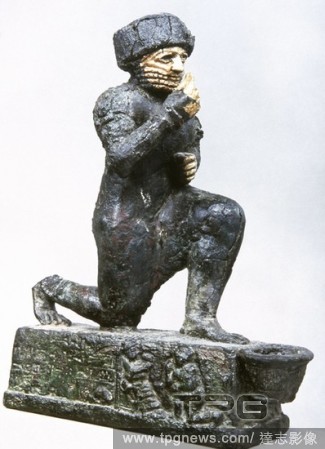
Editorial Statuette of a kneeling man, known as The Worshipper of Larsa. Dedicated by an inhabitant of Larsa to the god Amurru for the life of Hammurabi. Bronze and gold, early 2nd millenium BC. This votive statuette has an inscription, in one of the sides, dedi...
- 2020-12-01
- 1
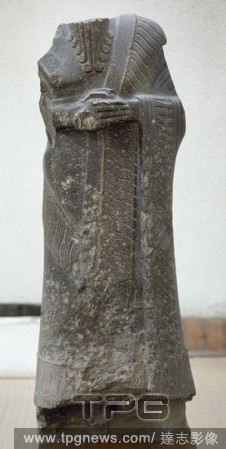
Editorial Mari, Old Babylonian diorite statue of governor Tura-Dagan with cuneiform inscription, 2nd millenium BC. Museum of the Ancient Orient. Istabul, Turkey.
- 2020-12-01
- 1
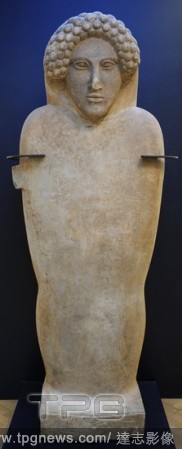
Editorial Phoenician Kingdom. Northern Lebanon. First millenium BC. Sarcophagus, which is made of marble from the Greek island of Paros, come from such a tomb. It was made by a Greek sculptor or a local craftsman trained in Greek style. Similar sarcophagi have m...
- 2020-11-26
- 1

Editorial Mesopotamian Art. Sumerian ruler. 3rd Millenium B.C. Ny Carlsberg Glyptotek. Copenhagen. Denmark.
- 2020-11-26
- 1

Editorial Mari, Old Babylonian diorite statue of governor Tura-Dagan with cuneiform inscription, 2nd millenium BC. Museum of the Ancient Orient. Istabul, Turkey.
- 2020-09-11
- 1
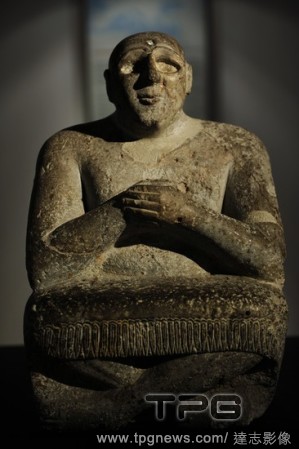
Editorial Mesopotamian Art. Sumerian ruler. 3rd Millenium B.C. Ny Carlsberg Glyptotek. Copenhagen. Denmark.
- 2020-09-11
- 1
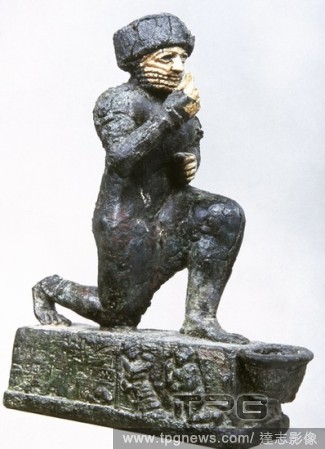
Editorial Statuette of a kneeling man, known as The Worshipper of Larsa. Dedicated by an inhabitant of Larsa to the god Amurru for the life of Hammurabi. Bronze and gold, early 2nd millenium BC. This votive statuette has an inscription, in one of the sides, dedi...
- 2020-07-30
- 1

Editorial Un grupo de personas cruza el Millenium Bridge. Catedral de San Pablo al fondo, Londres.
- 2020-07-24
- 1

Editorial Italy: ARCHIVIO - Italian Volleyball Serie A1 Women season 2019/20
- 2020-04-22
- 1

Editorial Torso Fragment from a Female Figure (Late Spedos/Dokathismata Type), Schuster Master (Cycladic, active about 2400 B.C.), Cyclades, Greece, 3rd millenium B.C., Naxian marble, 7.3 ? 6.5 cm (2 7/8 ? 2 9/16 in.).
- 2019-11-19
- 1

Editorial Fragment of a Cycladic Figure (Plastiras Type), Unknown, Cyclades, Greece, 3rd millenium B.C., Naxian marble, 19.8 ? 8.1 cm (7 13/16 ? 3 3/16 in.).
- 2019-11-19
- 1
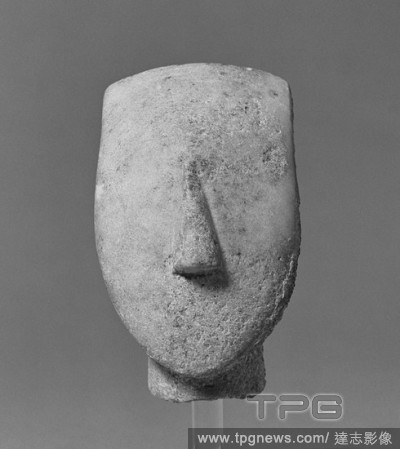
Editorial Head from a Female Figure (Early Spedos Variety), Unknown, Cyclades, Greece, 3rd millenium B.C., Naxian marble, 7.1 ? 4.5 cm (2 13/16 ? 1 3/4 in.).
- 2019-11-19
- 1

Editorial Torso Fragment from a Female Figure (Late Spedos/Dokathismata Type), Close to Schuster Master (Cycladic, active about 2400 B.C.), Cyclades, Greece, 3rd millenium B.C., Naxian marble, 17.8 ? 9.7 cm (7 ? 3 13/16 in.).
- 2019-11-19
- 1

Editorial The silver mines on Siphnos. Entrance to the ancient shafts. Silver was mined on Siphnos since the 2nd millenium BCE and made the tyrants of the island important princes until the mines were exhausted.
- 2019-07-16
- 1
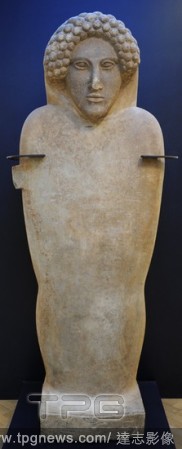
Editorial Phoenician Kingdom. Northern Lebanon. First millenium BC. Sarcophagus, which is made of marble from the Greek island of Paros, come from such a tomb. It was made by a Greek sculptor or a local craftsman trained in Greek style. Similar sarcophagi have m...
- 2019-07-16
- 1
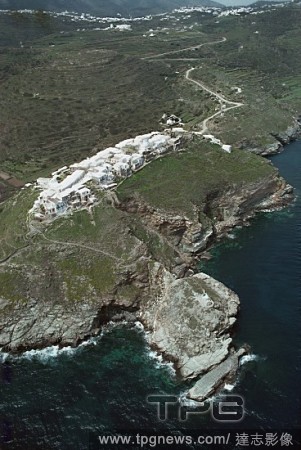
Editorial Aerial view of the silver mines of Agios Sostis. on the island of Siphnos, Cyclades. Silver was mined on Siphnos since the 2nd millenium BCE and made the tyrants of the island important princes until the mines were exhausted.
- 2019-07-16
- 6

Editorial Aerial view of the silver mines of Agios Sostis. on the island of Siphnos, Cyclades. Silver was mined on Siphnos since the 2nd millenium BCE and made the tyrants of the island important princes until the mines were exhausted.
- 2019-07-16
- 4

Editorial Prince Charles visits Millennium Seed Bank
- 2019-07-11
- 2

Editorial 28th Annual NAACP Theatre Awards
- 2019-06-19
- 110

Editorial 28th Annual NAACP Theatre Awards
- 2019-06-18
- 463
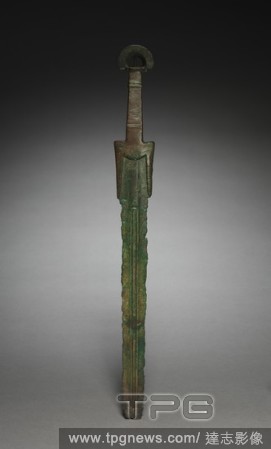
Editorial Sword, 2nd-1st Millenium BC. Iran, Luristan (?), 2nd-1st Millenium BC. Bronze; overall: 65.8 cm (25 7/8 in.).
- 2019-04-01
- 1
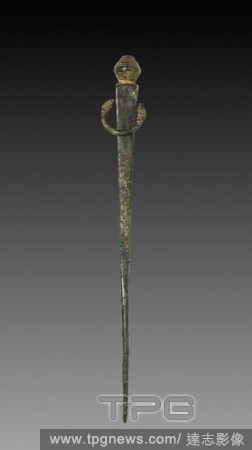
Editorial Cotter Pin for Chariot, 2nd-1st Millenium BC. Iran, Luristan (?), 2nd-1st Millenium BC. Bronze; overall: 17.8 cm (7 in.).
- 2019-04-01
- 1
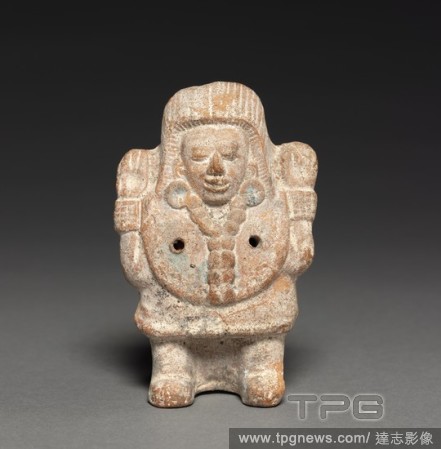
Editorial Rattle in the Form of a Female Figure, 2nd half 1st millenium. Mexico, Campeche, Jaina Island, Maya. Terracotta; overall: 9.5 x 6.3 x 4.5 cm (3 3/4 x 2 1/2 x 1 3/4 in.).
- 2019-04-01
- 1

Editorial Sword Blade, 2nd-1st Millenium BC. Iran, Luristan (?), 2nd-1st Millenium BC. Bronze; overall: 82.4 cm (32 7/16 in.).
- 2019-04-01
- 1
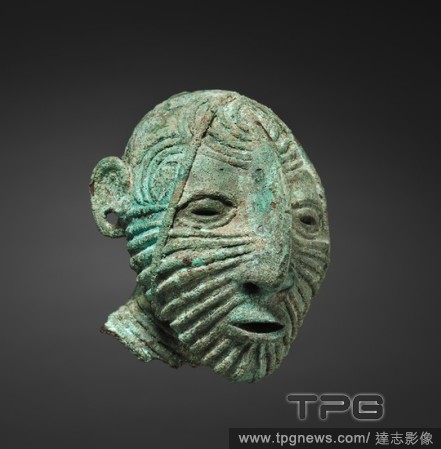
Editorial Male Head, c. 1st millenium BC. South East Asia, Thailand, Ban Chiang, Neolithic period. Bronze; overall: 8.7 x 7 x 8.1 cm (3 7/16 x 2 3/4 x 3 3/16 in.).
- 2019-04-01
- 1
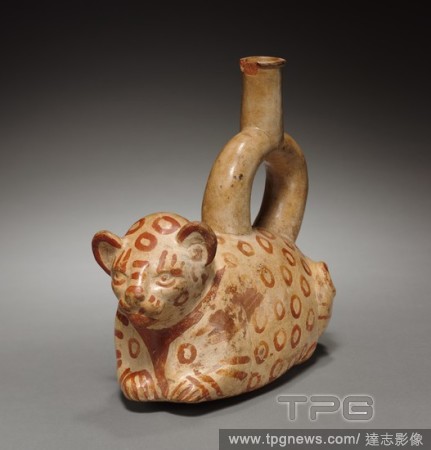
Editorial Stirrup Spouted Vessel of Feline Form, 1st millenium. Peru, Mochica. Red earthenware decorated with cream-colored slip and brown pigment; overall: 19.3 x 9.7 x 21 cm (7 5/8 x 3 13/16 x 8 1/4 in.).
- 2019-04-01
- 1

Editorial Statue of Enthroned Isis with Horus on her Laps.
- 2019-03-25
- 1

Editorial Statue of Enthroned Isis with Horus on her Laps.
- 2019-03-25
- 1
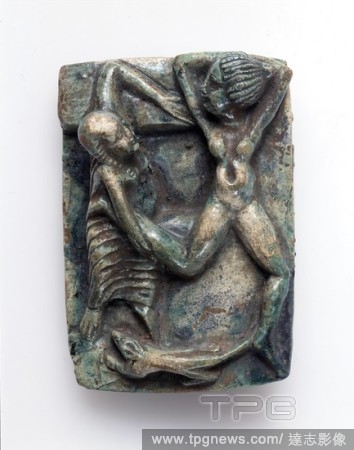
Editorial Pair in the Couch.
- 2019-03-25
- 1
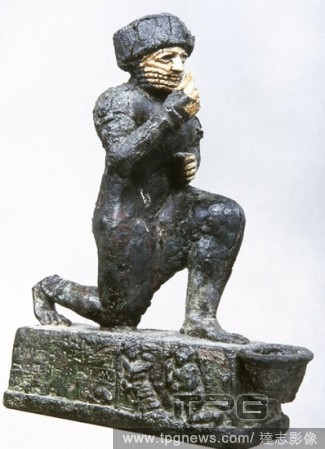
Editorial Statuette of a kneeling man, known as The Worshipper of Larsa. Dedicated by an inhabitant of Larsa to the god Amurru for the life of Hammurabi. Bronze and gold, early 2nd millenium BC. This votive statuette has an inscription, in one of the sides, dedi...
- 2019-01-23
- 1

Editorial The silver mines on Siphnos. Entrance to the ancient shafts. Silver was mined on Siphnos since the 2nd millenium BCE and made the tyrants of the island important princes until the mines were exhausted.
- 2018-09-03
- 1
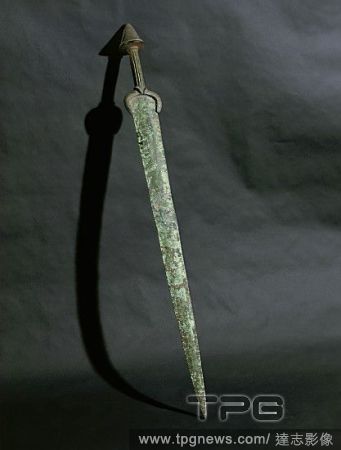
Editorial Sword with conic handle. Bronze (end 2nd millenium BCE) from Northern Iran 76.5 x 7.3 cm AO 27128.
- 2018-09-03
- 1
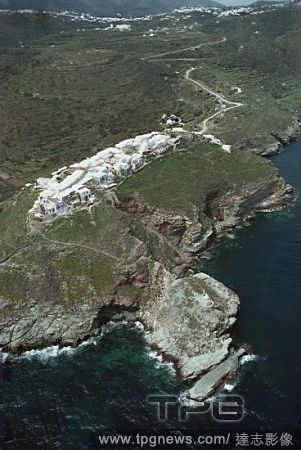
Editorial Aerial view of the silver mines of Agios Sostis. on the island of Siphnos, Cyclades. Silver was mined on Siphnos since the 2nd millenium BCE and made the tyrants of the island important princes until the mines were exhausted.
- 2018-08-21
- 9

Editorial Statuette of a kneeling man, known as The Worshipper of Larsa. Dedicated by an inhabitant of Larsa to the god Amurru for the life of Hammurabi. Bronze and gold, early 2nd millenium BC. This votive statuette has an inscription, in one of the sides, dedi...
- 2018-08-21
- 1

Editorial Phoenician Kingdom. Northern Lebanon. First millenium BC. Sarcophagus, which is made of marble from the Greek island of Paros, come from such a tomb. It was made by a Greek sculptor or a local craftsman trained in Greek style. Similar sarcophagi have m...
- 2018-08-21
- 1

Editorial Arabic peninsula. Male statue. With typical Mesopotamian features Mid-3rd millenium BC. (Early Dynastic II ?). Limestone. H. 94 cm. Tarut. National Museum, Riyadh. Saudi Arabian.
- 2018-08-21
- 2
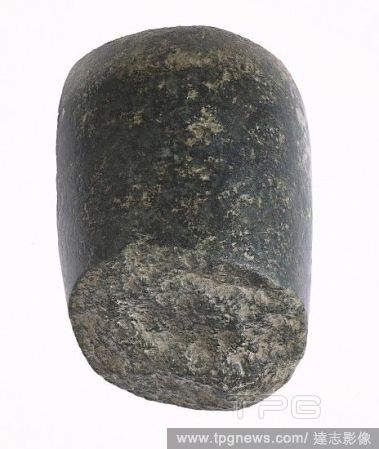
Editorial Pestle made from inscribed object, Middle Kingdom?early New Kingdom, ca. 3rd?1st Millenium B.C., Probably from Upper Egypt, Thebes; From Egypt, Diorite, H. 8.1 (3 3/16 in); w. 5.6 cm (2 3/16 in).
- 2018-08-02
- 1

Editorial Assyrian Empire. 1st Millenium BCE. Horizontal harps. Bas-relief. Palace of Ashurnasirpal II at Nimrud. ca. 865 BCE. Iraq. Bristih Museum. London. United Kingdom.
- 2018-07-30
- 1
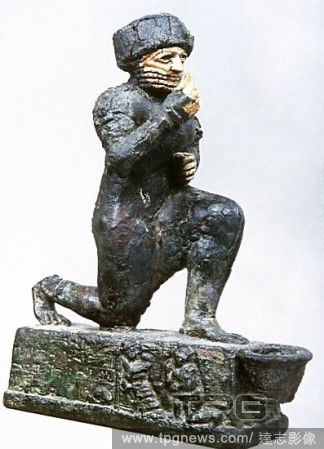
Editorial Statuette of a kneeling man, known as The Worshipper of Larsa. Dedicated by an inhabitant of Larsa to the god Amurru for the life of Hammurabi. Bronze and gold, early 2nd millenium BC. This votive statuette has an inscription, in one of the sides, dedi...
- 2018-07-30
- 1
 Loading
Loading 